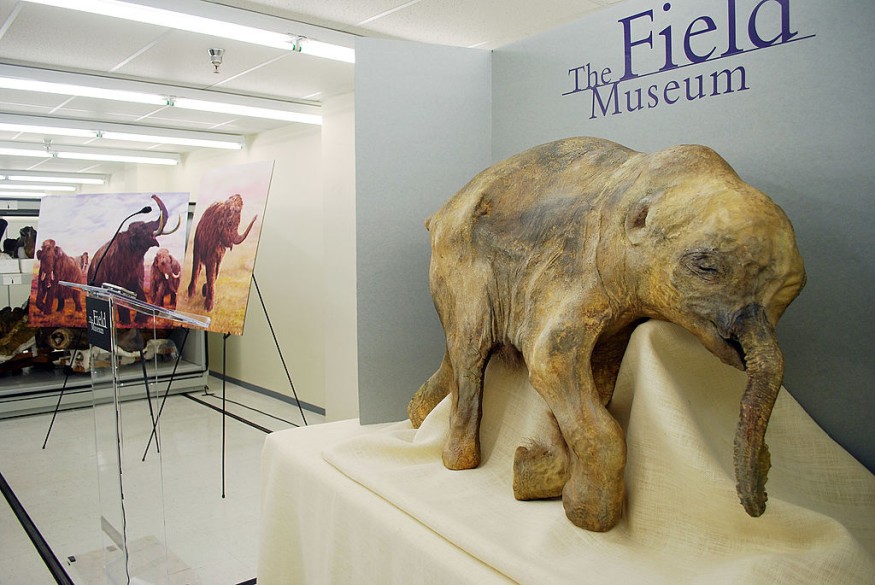A well-preserved baby woolly mammoth that was estimated to have died 30,000 years ago was discovered in the Klondike gold fields, Trʼondëk Hwëchʼin Traditional Territory of Yukon in Canada. According to the local government's press release, it was "the most complete find" in North America.
The calf was named 'Nun cho ga,' meaning "big baby animal" in the Hän language. It was frozen in permafrost during the ice age, which resulted in its well-preserved form. Miners working in the gold fields found the mummified woolly mammoth, and its photos show that it still has skin and hair clinging to the body.

Finding an Intact Mummified Woolly Mammoth
The woolly mammoth is roughly the same size as modern-day elephants and was the last in the line of mammoth species before they went extinct 14,000 and 10,000 years ago.
Scientists believed climate change and hunting drove them to extinction. They are thinking of bringing the species back through de-extinction. If that's the case, the recent discovery could take scientists closer to bringing mammoths back.
According to Interesting Engineering, gold miners at the Klondike gold fields in Yukon came across the intact mummified remains of the baby woolly mammoth on June 21 while excavating through permafrost. The area is famous for previous fossils of ice age animals, although this is the first complete remains of an animal that still has hair and skin.
Upon finding the remains of the baby woolly mammoth, gold miners immediately called for geologists to help recover the remains before it thaws. Dr. Dan Shugar and his team of researchers from the University of Calgary, who also happened to be in the area, responded quickly and excavated the remains.
Dr. Shugar told the Business Insider that the baby mammoth had been well-preserved and that even its toenails, hide, trunk, and hair are still intact. More so, its intestines did not decay and possibly still had traces of its last meal inside them.
Nun cho ga: The Perfectly Preserved Baby Woolly Mammoth
Nun cho ga is the most complete mummified woolly mammoth ever found in North America and dethrones the partial mammoth calf called Effie found in 1938 at a gold mine in Alaska, EarthSky reported.
An analysis of the remains showed that the woolly mammoth is female and roughly the same size as the infant mummy woolly mammoth named Lyuba, which lived 42,000 years ago and was found in Siberia in 2007.
The geologists from the Yukon Geological Survey and the University of Calgary who helped recover Nun cho ga's remains suggest that the baby woolly mammoth died and was frozen in permafrost during the ice age. Its remains provide a detailed glimpse of when it roamed the Yukon alongside other ancient animals, including wild horses, cave lions, and giant steppe bison.
Nun cho ga's successful recovery was possible with the help of gold miners, as well as the scientists from the local government and universities in the area.
RELATED ARTICLE: Tusk of Woolly Mammoth Found in Alaska, Offers Insights About Links Between Climate Change and Prehistoric Extinction
Check out more news and information on Paleontology in Science Times.












